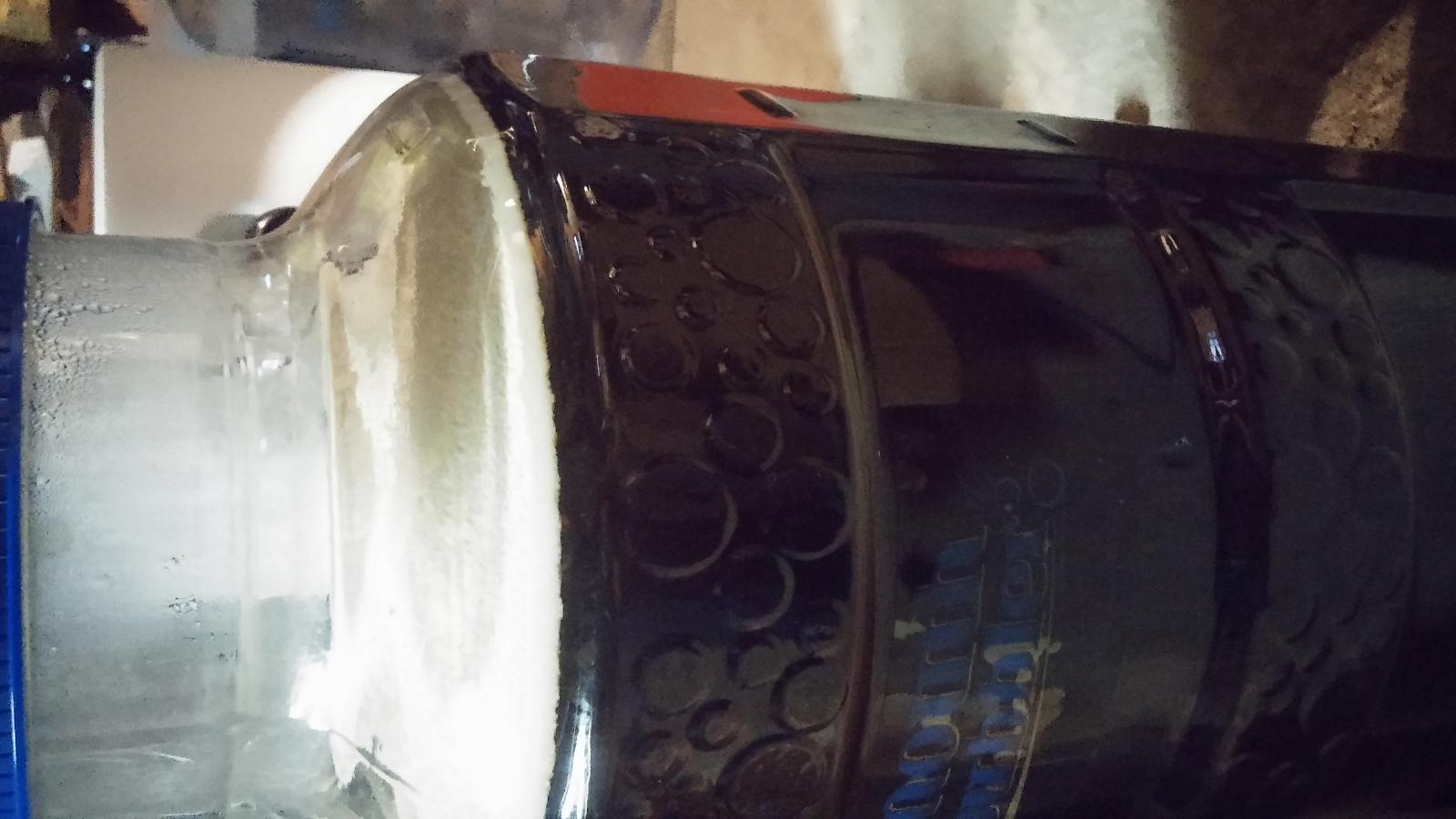mgregg
Well-Known Member
I have a thin white layer of something that formed on top of my barleywine after about 3 weeks in secondary. I left it in primary for 4 full weeks and my final gravity was 1.015(o.g. 1.1, nottingham yeast) so I'm sure fermentation was complete. I've never seen this before and was wondering if anyone might have any idea if this is an infection or something normal. Here's a couple pictures:
































![Craft A Brew - Safale S-04 Dry Yeast - Fermentis - English Ale Dry Yeast - For English and American Ales and Hard Apple Ciders - Ingredients for Home Brewing - Beer Making Supplies - [1 Pack]](https://m.media-amazon.com/images/I/41fVGNh6JfL._SL500_.jpg)




























